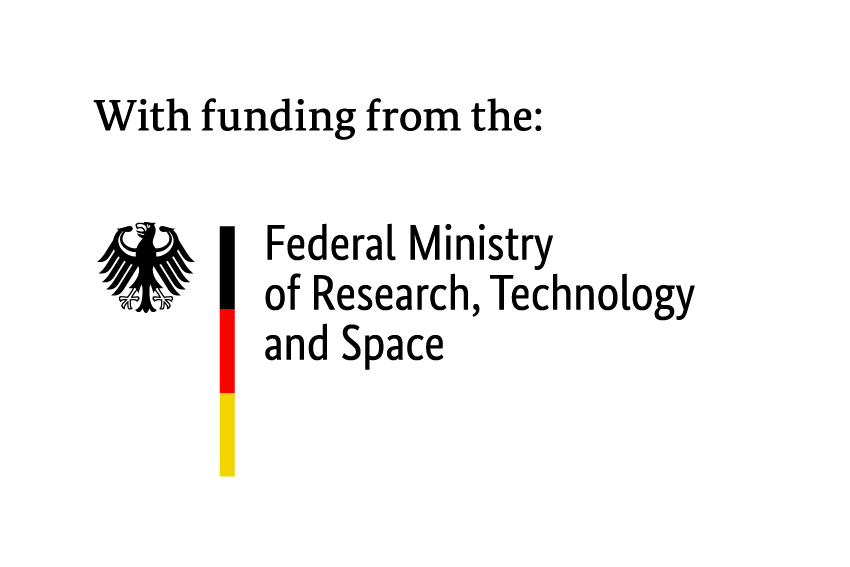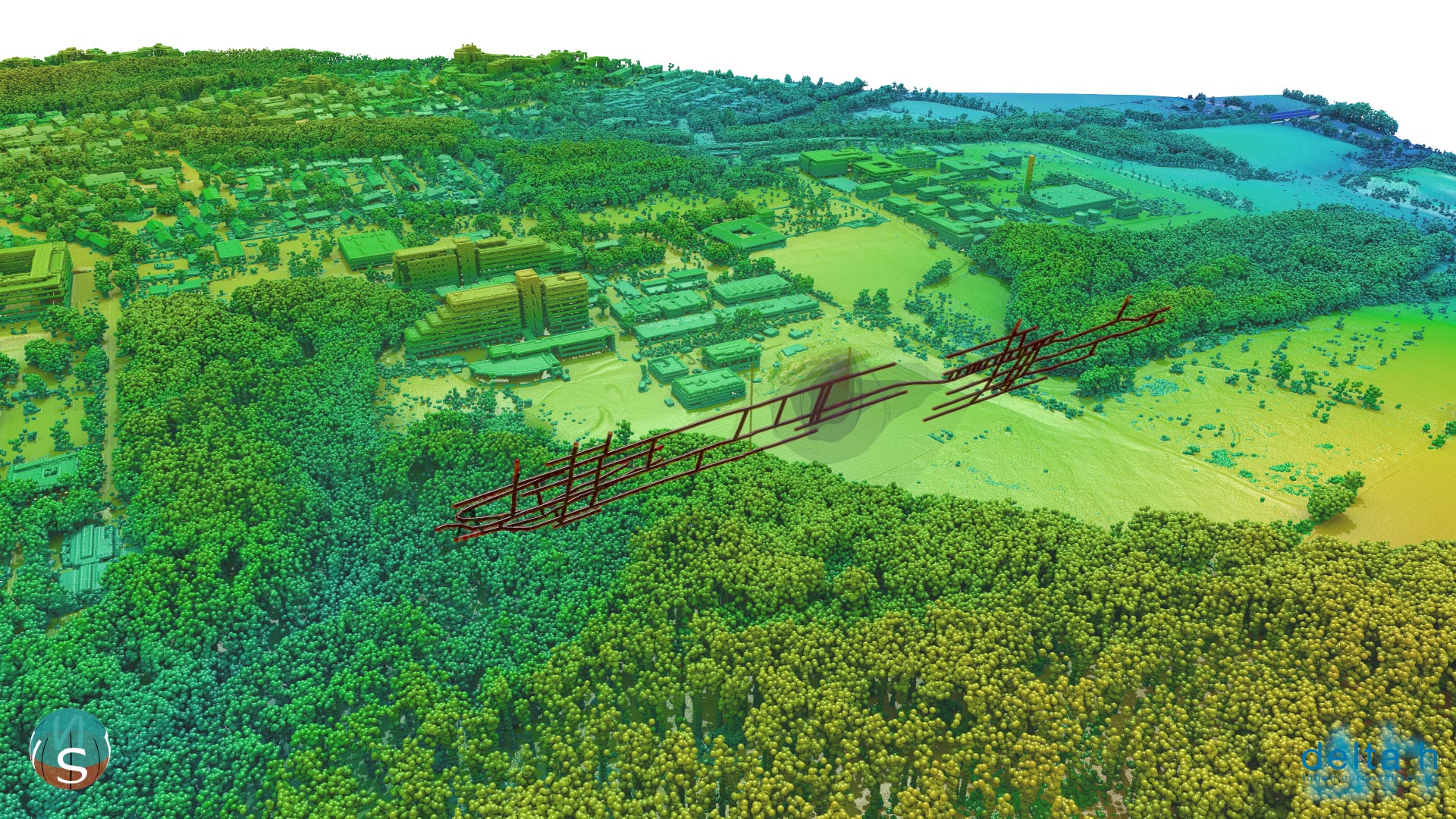In WBGeo, a WorkBench for digital Geosystems is developed that standardizes end-to-end workflows from geological model building to process simulation and quantitative analysis to immersive visualization. Modeling processes are often fragmented, involve manual interfaces between software packages, and are often difficult to reproduce. The workbench developed in WBGeo provides a remedy for this. A domain-specific language and a visual scripting interface create an environment in which modeling workflow components can be transparently combined and exchanged. Users can choose between different algorithms for creating geological models, different discretization approaches, or simulation environments, all of which are connected via standardized interfaces. Connection to the LiquidEarth visualization software opens up low-threshold VR/AR/XR access to data, models, and results, thereby allowing for interactive adjustments that feed back into the workflow. Demonstrations are carried out for geothermal reservoirs, heat storage in mines, and multiscale studies.
WBGeo - Workbench for Digital Geosystems
Fraunhofer IEG is conducting work on two of these demonstrations.In Weisweiler, the iterative capabilities of the workbench are tested. The team is integrating new exploration results, thus updating models, and quantifying uncertainties in thermohydraulic forecasts for simulated geothermal doublets. In the “IEG Kleinzeche” case study, a simulation model of the mine structure is reproduced in the Workbench, the influence of different discretizations and simulators is compared, and decisions such as the placement of new boreholes are tested in VR/AR. Fraunhofer IEG defines requirements for interfaces and meshing, evaluates forecasts for planning and operation, and supports the transfer of WBGeo methods to practical projects, especially for urban heating networks.


